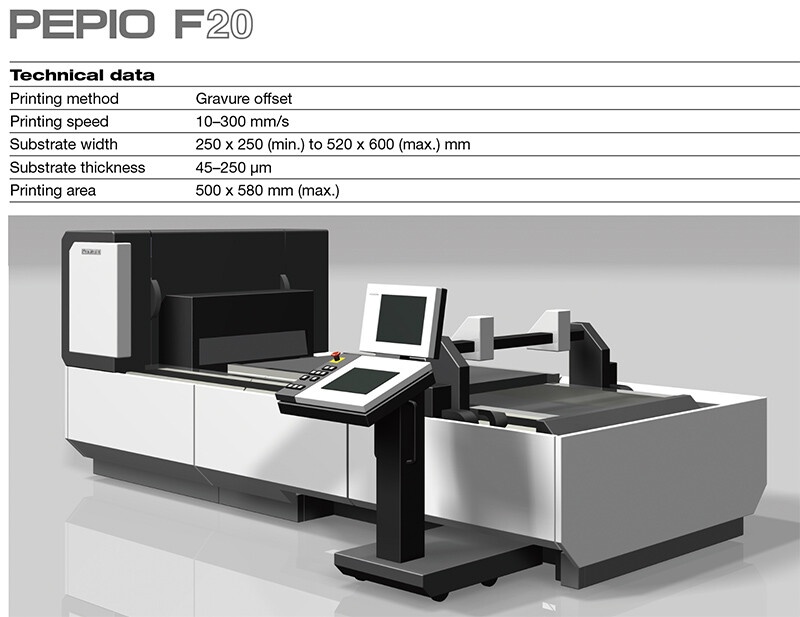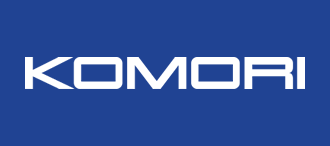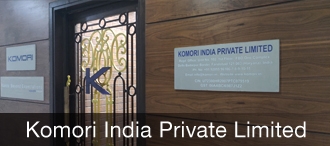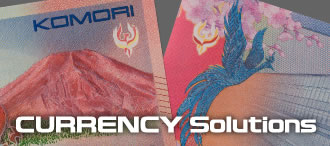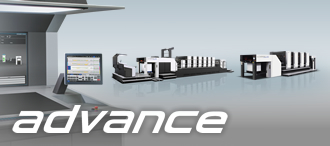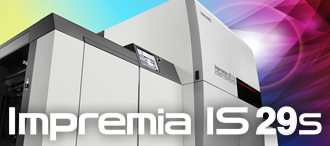
Technological innovation
Printed electronics refers to technologies for manufacturing electronic devices using a variety of printing techniques. Thanks to technological progress in organic materials and nano-scale materials (such as graphene, carbon nanotubes, and nanosilver), inks with superior conductivity, semiconductivity, insulating performance, and luminescence have been developed and improved in the past few years.
Also, whereas printing technology was in the past used for just one part of devices (such as membrane switches and antennas), it is now possible to manufacture entire devices with printing technology. In addition, the application of this technology to 'new concept' devices such as flexible and large-area electronics is being studied; the rollout of products to large markets throughout the world is widely anticipated.
Printed electronics enable low cost production, large surface area, improved productivity, reduced initial investment for manufacturing, a lower environmental impact, flexibility, and freedom of design. Hopes, therefore, are growing for use of this technology as a new method of manufacturing that will complement conventional photolithography.
Success in the printed electronics business will be achieved by providing low-energy, resource-saving manufacturing technologies and propagating these technologies throughout society. Thus, new products that leverage these technologies are hotly anticipated — for example, flexible displays, wearable displays and sensors. Such technology will not only result in very profitable business but will also transform people's everyday lives.
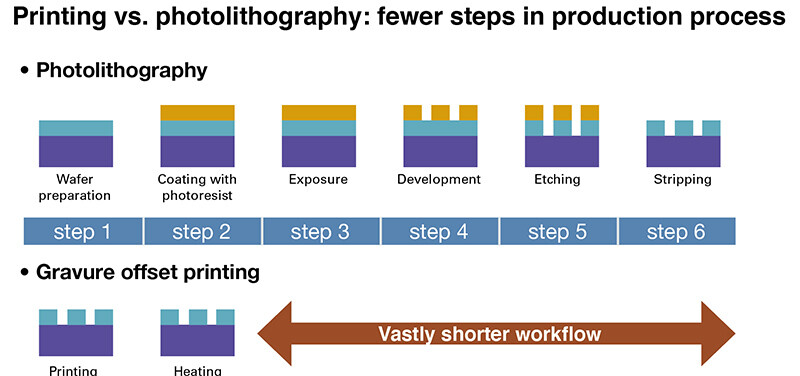
State of the industry
For roughly the past 10 years, there has been a clamor proclaiming innovations and social changes due to printed electronics. While research and development has been very energetic, very few businesses have arisen from these efforts and the creation of a market has yet to happen. Currently, the principle players in R & D are universities, research laboratories, element makers, electronics manufacturers and major printers. Their work has not progressed beyond the development of new functional materials and new laboratory-level prototypes. Hence, there is very little R & D that has engendered actual mass production. In light of this situation, Komori plans to drive both R & D and the business side by advancing printing and precision machine manufacturing, its two core capabilities. Combined with new materials, this approach will lead to the establishment of mass production technologies.
Komori's work in this field to date has targeted smartphones and tablet computers. The company believes that it will be productive to focus on these two fast-growing product categories.
Development work by Komori has resulted in the production of sample printed electronic devices. Creating a working device (a touchpanel) by collaborating with the Industrial Technology Research Institute (ITRI) of Taiwan is seen by the company as a tremendous success. Komori has made the manufacture of a device by printing a reality.
Komori is certain that collaboration with ITRI is extremely valuable not only because of ITRI's superb R & D capabilities in Taiwan (the island accounts for roughly one-half of global touchpanel manufacturing) but also its deep relationships with Taiwan's advanced electronics companies, its familiarity with printed electronics products, and a research focus that is very close to the business at which Komori is aiming.
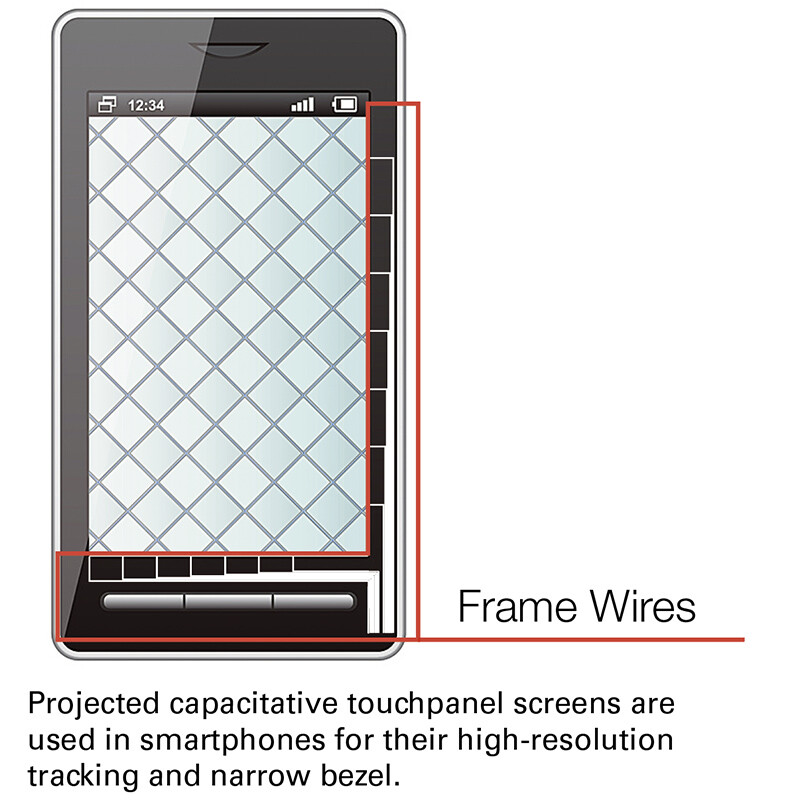
Pepio F20
The Pepio F20 is a flatbed gravure offset press offering high-quality fine line deposition and high productivity for the manufacture of capacitative touchpanels, a market that is expected to expand. Able to print on both glass and film, this machine is capable of achieving a line width of less than 20 microns. The combination of Komori's high-tech, high-precision press and printing materials that were developed for optimal matching with the press makes possible fine line deposition that was not attainable with conventional printing methods.
High precision is featured throughout the press: motion control and a solid frame bed for print quality; the camera and a fine alignment stage for positioning ITO and printed metal lines. Stable suction power is produced by the use of a ceramic-spec suction table and an ultrafine pore diameter, thus preventing damage such as suction marks.
Pepio R20
The Pepio R20 is a continuous roll-to-roll gravure offset press that offers next-generation productivity for the deposition of fine lines. While the target substrate is roll film and the target market is the same as that of the Pepio F20, the Pepio R20 meets the needs of markets requiring higher productivity by providing continuous rather than intermittent printing. This press uses the precision tension control technology that Komori acquired in developing web offset presses to enable continuous printing with high print quality. A new Smart Alignment System was developed for precision alignment on the target.
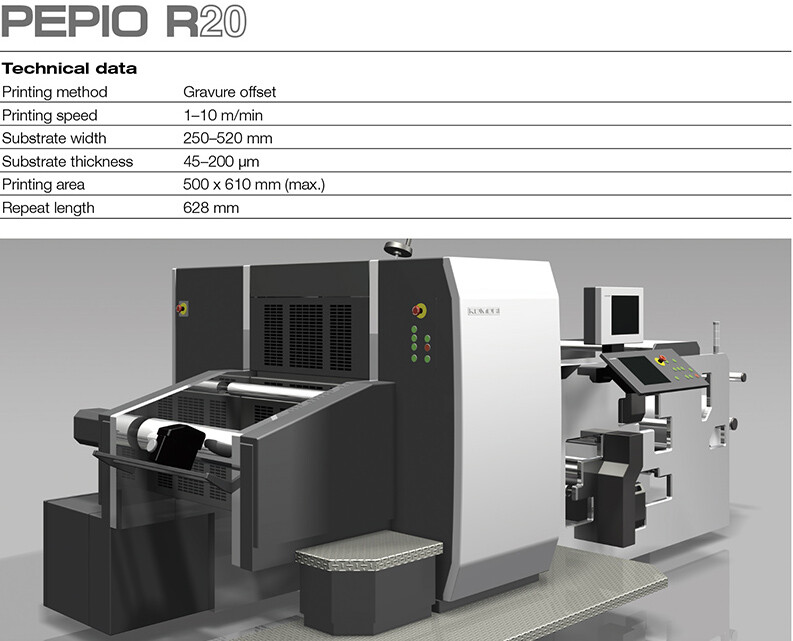
Current rollout and future outlook
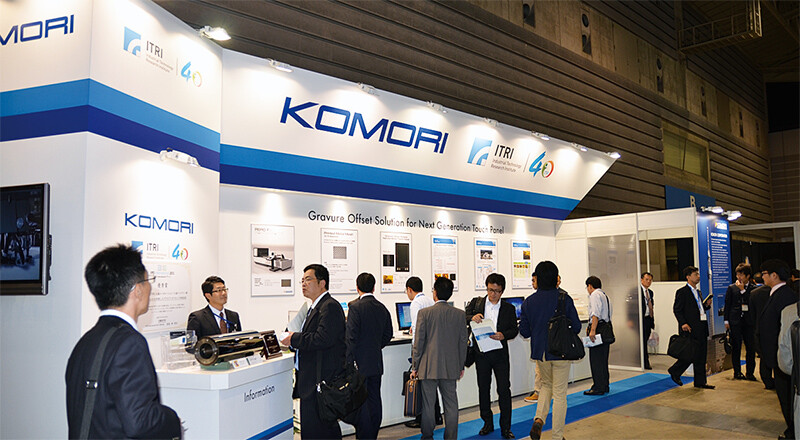
The scene at FPD International 2013 in Yokohama
As of April 2014, one Pepio R20 press has been installed for the mass production of automobile touch sensors at a company in Japan, and two Pepio F20 presses have been installed in research laboratories, one in Japan and one overseas.
To exhibit its progress to the industry, Komori successfully manufactured working touchpanels through joint research with ITRI: a sample capacitative touchpanel with high-precision frame wiring having an L/S (line width/line spacing) of 20/20 microns made by gravure offset printing was exhibited at the Touch Taiwan International Touch Panel and Optical Film Exhibition in August 2013. Just two months later Komori and ITRI succeeded in the production of a sample with even higher precision frame wiring and an L/S of 9/9 microns. This was displayed at FPD International 2013 in October in Yokohama. Komori believes that this degree of progress in just two months — reshaping the metrics for the printing of ultrafine lines — is grounds for optimism concerning future development.
With the establishment of mass production technologies capable of consistently producing touchpanels with an L/S of 20/20 microns or less, the questions underlying mass production have been solved. Komori began taking orders for Pepio gravure offset presses in April 2014. These rapid advances suggest that Komori is destined to play a major role in manufacturing high added value devices in the future.
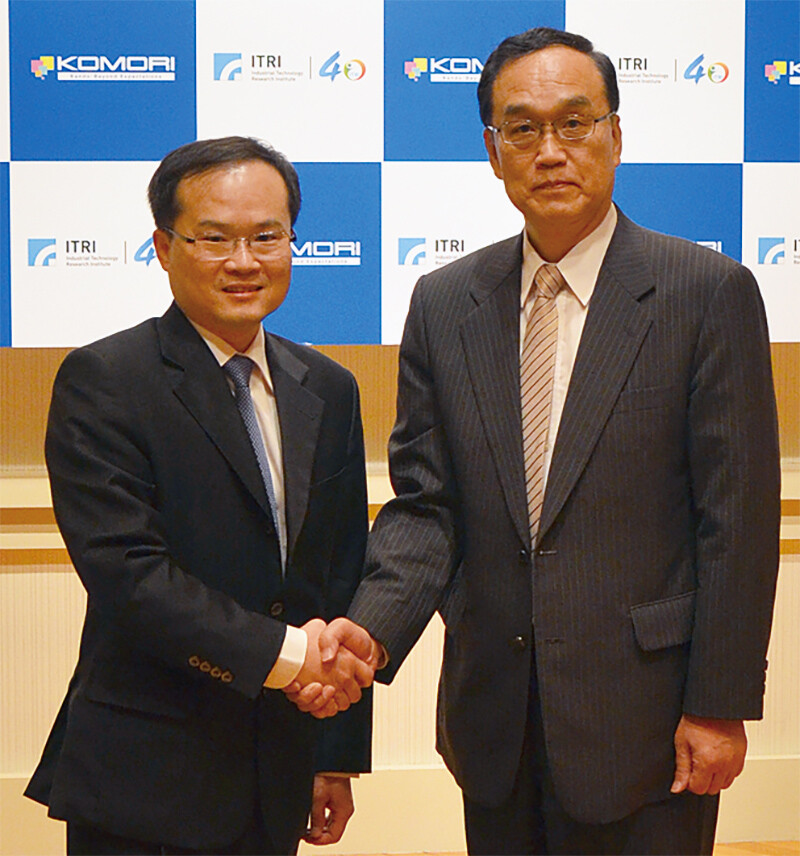
From left: Chun-Ting Liu, Vice President and General Director, Electronics and Optoelectronics Research Laboratories, Industrial Technology Research Institute (ITRI), Hsinchu, Taiwan, with Satoshi Mochida, Vice President, Komori Corporation
-
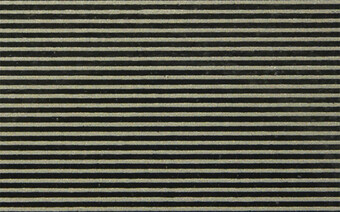
Very fine lines printed on substrate with L/S of 20/20 microns
-
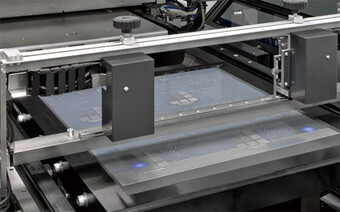
Automatic Register Control system with high-precision camera and fine alignment stage for fine positioning of ITO and printed metal lines
-
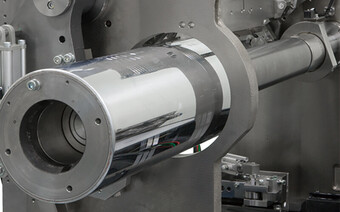
Sleeve system that reduces the time needed for plate cylinder changing
-
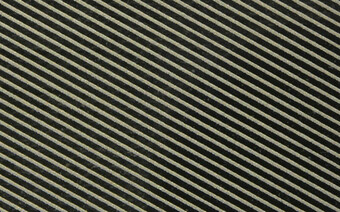
Fine lines with L/S of 30/30 microns printed by Pepio R20
-
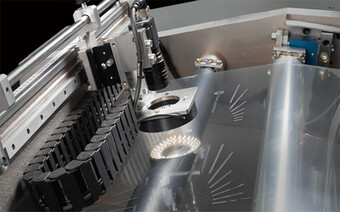
Smart Alignment System for high-precision alignment on the target
-
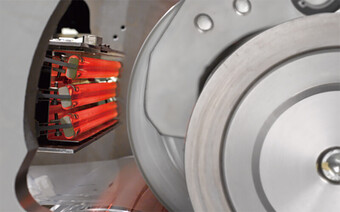
Long Run Support System controls swelling of the silicone blanket by radiation with IR light
